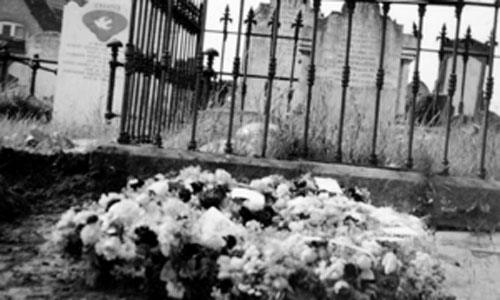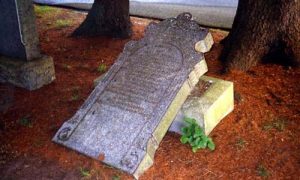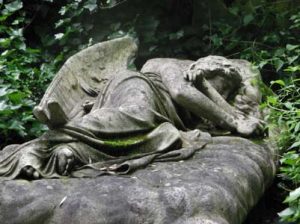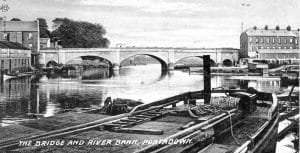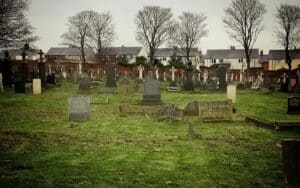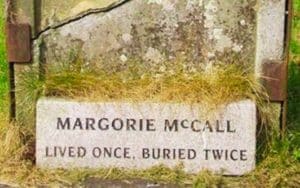Crunching bones saves grave space, so DAVID SAUNDERSON discovered digging up his family tree.
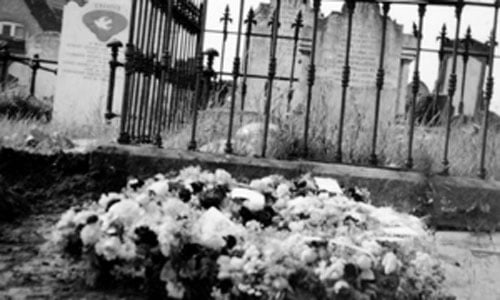
Skulls crack under the sole of a muddy work boot and bones snap like twigs under the pressure from a large shovel or pick …
This is how the remains of your ancestors probably ended up if they found their way into a British or Irish cemetery in years gone by. Ten years ago I first came to the UK and Ireland for a holiday with my Dad. We spent a month in Northern Ireland with his family and I took a week in Scotland to meet Mum’s relatives.
I’d done plenty of family research from Australia in the past. But I was surprised when I visited family churchyards and discovered how many folk were crammed in the one grave.
One Northern Irish churchyard in particular, Drumcree Church of Ireland near Portadown in County Armagh, beggered belief, with 15 of my ancestors all sharing the same plot.
How was it possible you could get 15 bodies in such a small place?
When I ventured to Scotland for the maternal leg of my tour I made a grim discovery. I met a gravedigger at Dumbarton Public Cemetery. who was happy to skive off work to help me locate my family’s graves. He told me that times gone by would see grave diggers having to crush and break the bones of existing occupants and crunch them up in the corner of the plot to make space for their new grave-mates.
No doubt this is how my family’s grave at Drumcree was able to fit 15 Saundersons and kindred corpses into such a small space. Maybe that’s why there was a bone lying next to recently unearthed soil near the grave. Arrgh!
While the thought of breaking old bones is bad enough, I’m sure it takes years for a corpse to turn into a skeleton. What would it have been like dealing with the recently deceased? (FYI: Nowadays, there is a limit to how many bodies can share a grave, so you’ll be glad to know that you probably don’t know any of these crushed bodies personally.)
The gravedigger and I wandered for a while, talking about the old graves. This gave me a wonderful insight into the cemetery and its history.
I pointed to an huge gravestone, broken in two halves: “You know, the Egyptians made their monumnents to the dead last millenia, we can’t make them for 100 years!”
Just as I said it, I looked closer. As coincidence would have it, I was bagging my great-great-grandparent’s grave. Which was a pity because it was a nice shiny grave. From the inscription, there were clearly lots living their afterlives in pieces in that grave too.
(This article by The Spooky Isles was originally published as a guest blog on The Skull Illusion website on 3rd May, 2012)

